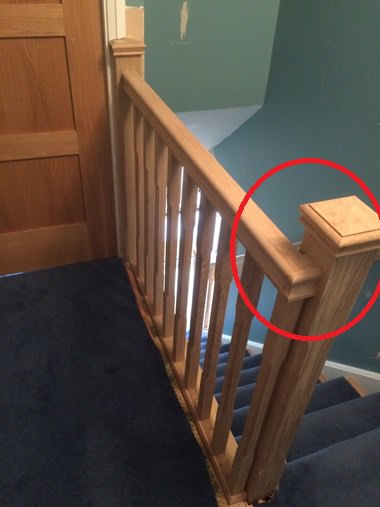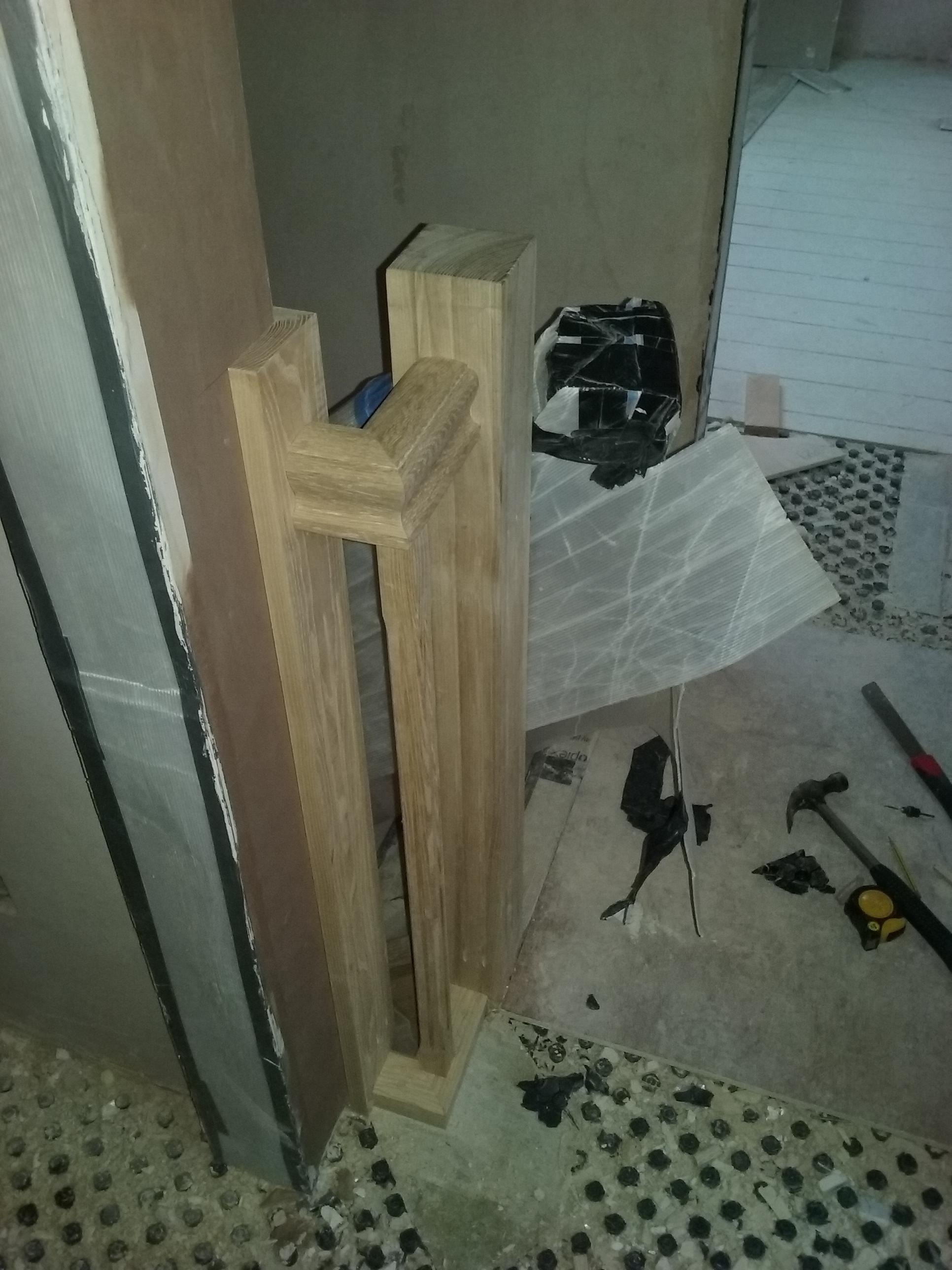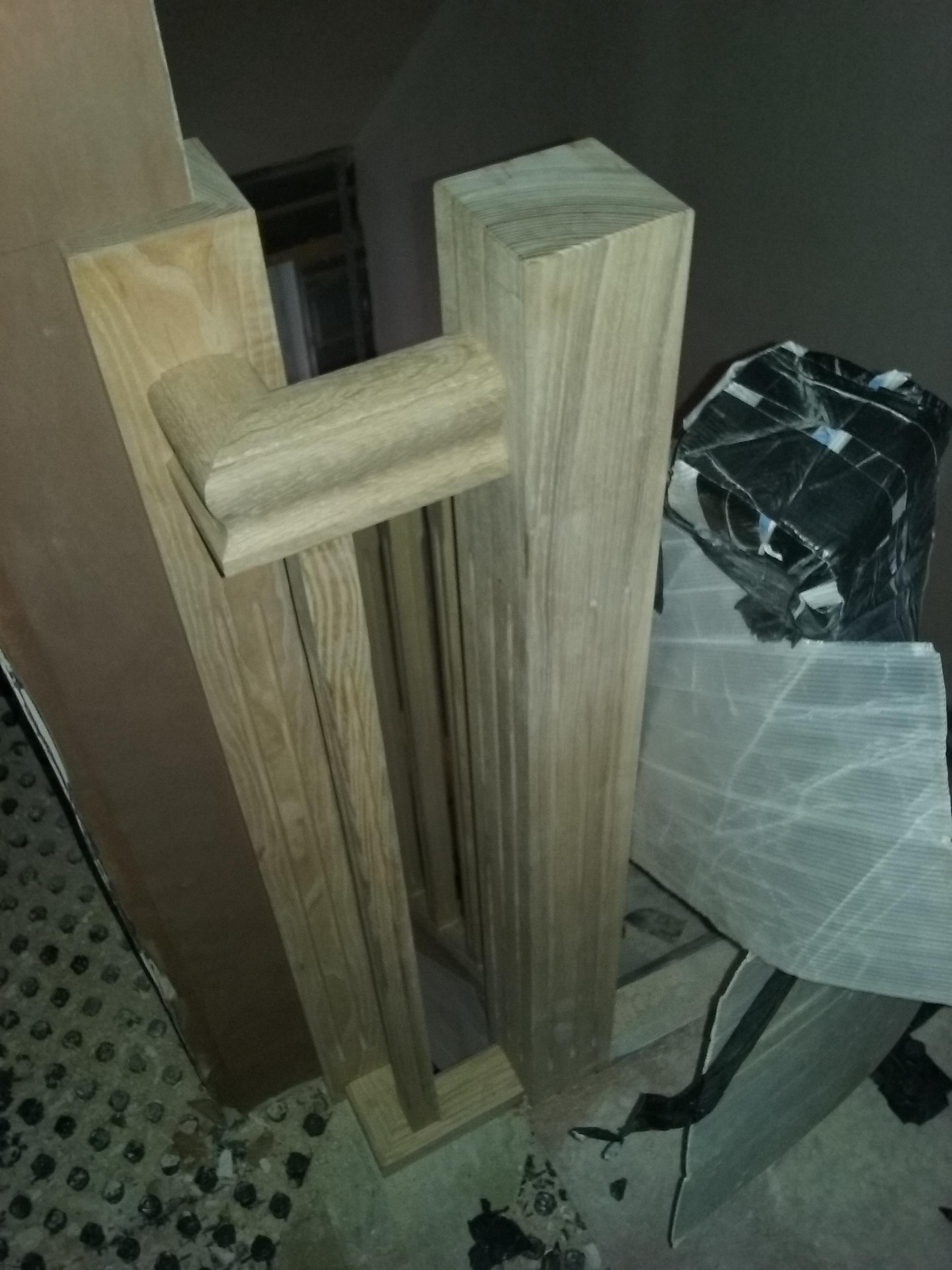AlwaysLearning
Established Member
I was pondering how to joint something and I started to think about a dowel screw. You know the sort of thing I mean; wood screw thread on one end, machine screw thread on the other.
Thing is, I'd need it at the perfect angle which might be tricky. My obvious solution to that would be one with a pivot in the middle. Googled it, can't find it.
Does anyone know if they are made?
Thing is, I'd need it at the perfect angle which might be tricky. My obvious solution to that would be one with a pivot in the middle. Googled it, can't find it.
Does anyone know if they are made?





































